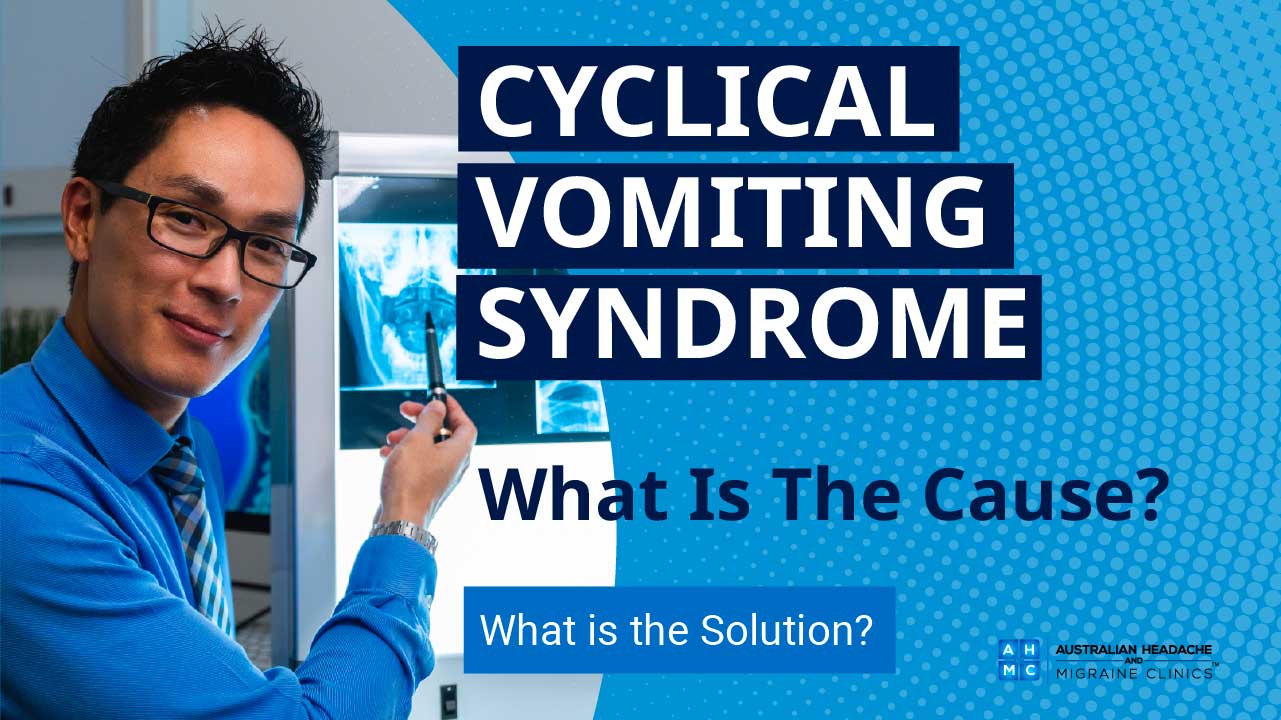I Suffer From Cyclical Vomiting Syndrome
Cyclical Vomiting Syndrome Treatment
Cyclical Vomiting Syndrome (CVS) can be defined as episodes of severe vomiting followed by mostly complete symptom-free periods, hence the cyclical nature of the disorder. However, occasionally sufferers may experience mild symptoms between episodes. The episodes can last from one hour up to ten days.
CVS commonly affects children aged 3-7 most, and in some cases of CVS can occur in adults as well.
At the Sydney Headache and Migraine Clinic™, our headache experts have seen a large number of Cyclical Vomiting Syndrome patients. If you are suffering from CVS, and medication has given you no relief, then we believe that you should have an in-depth examination of your brainstem and receive treatment for your CVS.







